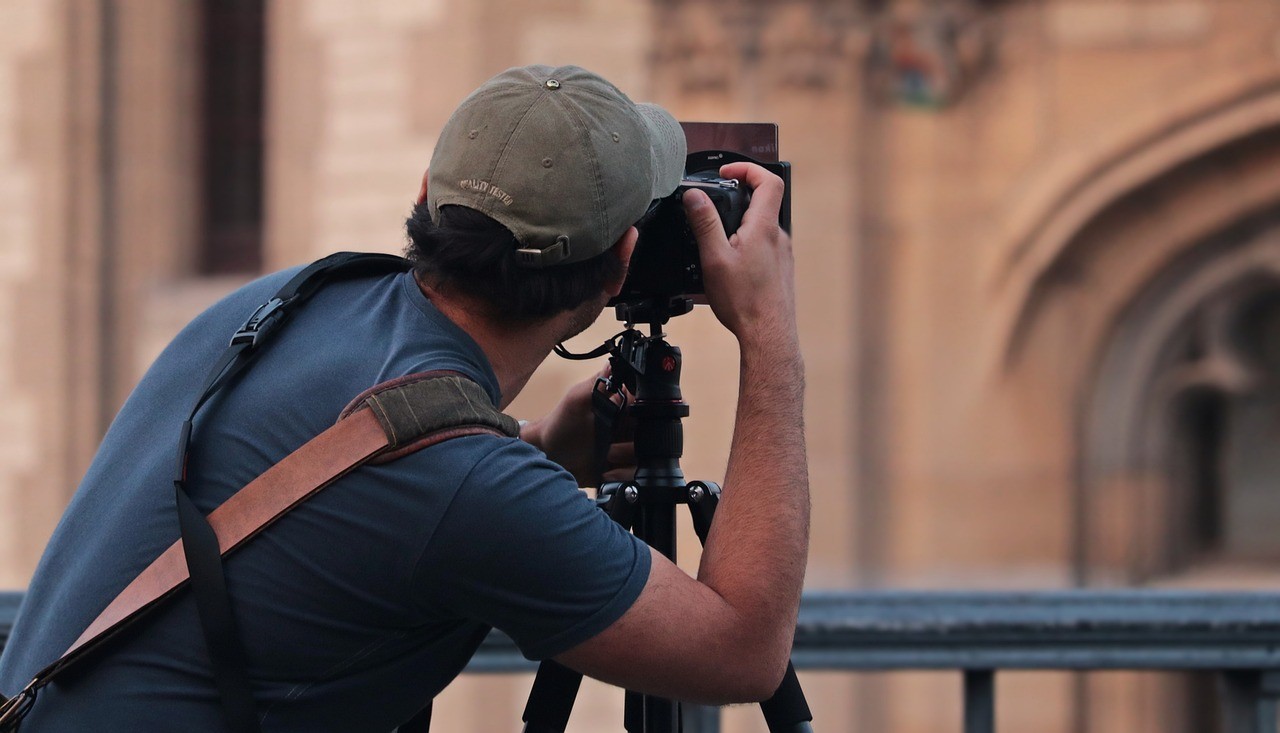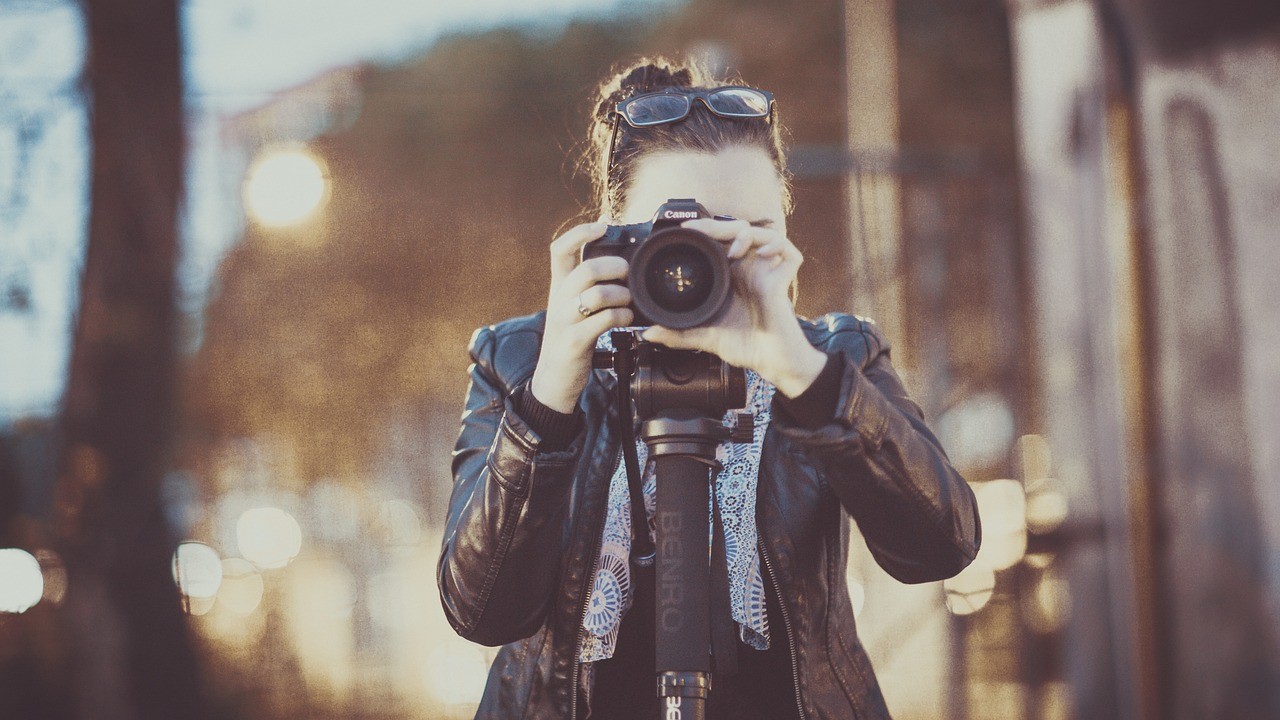Explore the world of online photography courses and discover the techniques that will help you capture stunning photos with ease and flexibility.
Whether you are a beginner or an experienced enthusiast, these courses offer valuable insights to enhance your photography skills and unlock your creative potential.
Get ready to take your photography to the next level and create lasting visual masterpieces.

Benefits of Online Photography Courses
Online photography courses offer numerous advantages catering to beginners and experienced photographers. Here are some key benefits:
- Convenience: You can learn from the comfort of your home or anywhere with an internet connection.
- Flexible Schedule: Online courses allow you to learn independently, accommodating your existing commitments.
- Cost-Effective Learning: Many online photography courses are more affordable than traditional in-person classes, saving you money.
- Diverse Course Selection: Various courses cater to different skill levels and interests.
- Access to Expert Instructors: Online courses often feature experienced photography instructors who provide valuable guidance.
- Continuous Access: You can revisit course materials and lessons whenever you need to refresh your skills.
- Immediate Application: Apply what you learn in real time, honing your photography skills as you progress through the course.
Choosing the Right Course
When selecting an online photography course, making an informed choice is crucial to ensure you get the most out of your learning experience. Here are some key factors to consider:
- Skill Level: Ensure the course matches your skill level, whether you’re a beginner, intermediate, or advanced photographer.
- Course Content: Check that the course covers the specific photography techniques or genres you want to learn.
- Instructor Expertise: Research the instructor’s qualifications and experience to ensure they are credible and knowledgeable.
- Course Format: Consider the course format, including video lectures, written materials, and assignments, to see if it suits your learning style.
- Duration and Pace: Determine the course’s duration and whether it allows you to learn at your preferred pace.
- Reviews and Testimonials: Read reviews and testimonials from previous students to gauge the course’s quality and effectiveness.
- Cost and Value: Compare the course fees with the content and benefits offered to ensure they align with your budget and expectations.
Basic Photography Techniques
Understanding the fundamental principles of photography is essential for capturing compelling and visually pleasing images. Here’s an overview of these basic principles:
- Composition: Learn how to arrange elements within the frame to create visually appealing and balanced images, using techniques like the rule of thirds and leading lines.
- Lighting: Master using natural and artificial sources to set the mood and highlight your subject effectively.
- Exposure: Understand the interplay between aperture, shutter speed, and ISO to achieve well-lit and correctly exposed photographs.
- Focus: Use autofocus modes and manual focus techniques to ensure your subject is sharp.
- Depth of Field: Control the range of sharpness in your photos by adjusting the aperture, creating either a shallow or deep depth of field.
- White Balance: Match the color temperature of your lighting conditions to achieve accurate color reproduction and avoid unnatural color casts.
- Shutter Speed: Use shutter speed to freeze or blur motion creatively, depending on your subject and artistic intent.
- ISO Sensitivity: Adjust the ISO setting to control your camera’s sensitivity to light, balancing it with the need to minimize noise.
- Metering: Choose the correct metering mode (e.g., evaluative, spot, center-weighted) to measure light effectively in different shooting situations.
- Framing and Perspective: Experiment with angles and framing techniques to add depth and interest to your photographs, exploring various viewpoints to convey your vision effectively.
Understanding and applying these fundamental principles will significantly enhance your photography skills and help you create captivating images.
How These Techniques Form the Foundation for Stunning Photos
Photography’s magic lies in capturing moments, emotions, and stories in a single frame. To unlock this enchantment, mastering these foundational techniques is essential.
Here’s a concise guide to how these fundamentals form the foundation for stunning photos:
- Composition: Directs the viewer’s gaze and creates visually captivating images.
- Lighting: Infuses depth, atmosphere, and dimension into photographs.
- Exposure: Balances tones for well-lit and harmonious images.
- Focus: Captures intricate subject details and conveys clarity.
- Depth of Field: Controls focus and introduce depth.
- White Balance: Guarantees natural and pleasing colors.
- Shutter Speed: Manages motion for dynamic visual stories.
- ISO Sensitivity: Facilitates versatile shooting with minimal noise.
- Metering: Achieves precise exposure in varying lighting conditions.
- Framing and Perspective: Infuses depth and creativity into your storytelling.

Advanced Photography Techniques
Once you’ve mastered photography fundamentals, delving into advanced techniques can elevate your skills and enable you to capture genuinely exceptional images.
Here’s a glimpse into the world of advanced photography techniques that will expand your creative horizons:
- Long Exposure: Use slow shutter speeds to capture motion blur, ideal for waterfalls and light trails.
- HDR Photography: Combine multiple exposures for high-contrast scenes, like landscapes.
- Macro Photography: Reveal intricate details of small subjects, from insects to flowers.
- Night Photography: Capture starry skies, cityscapes, and atmospheric scenes.
- Panoramic Photography: Stitch images for expansive vistas of landscapes or cityscapes.
- Infrared Photography: Capture surreal images in the invisible light spectrum.
- Light Painting: Create imaginative images by painting with light during long exposures.
- Double Exposure: Blend images for creative compositions or storytelling.
- Astrophotography: Photograph stars, planets, and celestial events.
- Tilt-Shift Photography: Use specialized lenses to create a “miniature” effect in your photos.
How These Techniques Can Take Photos to the Next Level
These advanced photography techniques can elevate your photography to the next level by offering new creative opportunities and allowing you to capture unique and captivating images:
- Long Exposure: Capturing motion blur adds a dreamlike quality to images, making them captivating and artistic.
- HDR Photography: Reveals intricate details in high-contrast scenes, creating dynamic and realistic photos.
- Macro Photography: Reveals unseen beauty in tiny subjects, making photos stunning and thought-provoking.
- Night Photography: Captures the enchantment of the night, enhancing your portfolio with breathtaking images.
- Panoramic Photography: Stitches images for immersive landscapes, adding grandeur and scale to your work.
- Infrared Photography: Reveals the unseen spectrum, adding a unique and mysterious quality to photos.
- Light Painting: Adds dynamic elements to images, resulting in striking, abstract compositions.
Practical Tips and Exercises
Practical tips and exercises are invaluable to enhance your photography skills and reinforce your understanding of the craft. Here’s a collection of hands-on guidance and exercises to help you grow as a photographer:
- Rule of Thirds Practice: Experiment with composition using the rule of thirds for dynamic framing.
- Lighting Exploration: Explore different lighting conditions to understand their effects on your subjects.
- Manual Mode Mastery: Challenge yourself with manual mode to control exposure settings.
- Focal Length Experimentation: Try various focal lengths to discover their creative potential.
- Depth of Field Variations: Practice altering aperture settings to control depth of field.
- Motion Capture: Experiment with shutter speeds to capture motion creatively.
- Low-Light Challenges: Test your low-light photography skills using longer exposures and higher ISO settings.
- Change in Perspective: Explore different shooting angles to transform your subjects.
- Post-Processing Practice: Enhance your photos through post-processing techniques.
- Photography Projects: Create themed projects to develop a cohesive body of work.
Conclusion
In summary, online photography courses empower you with the skills to capture stunning images. With practice and creativity, you’ll embark on a journey where each shutter’s click tells a unique visual story.
These courses open doors to endless photographic possibilities, offering the tools to turn your passion into breathtaking art.













